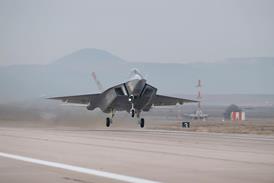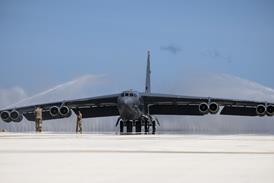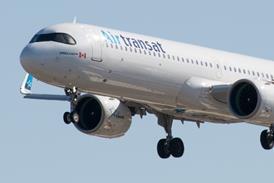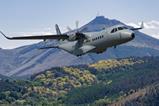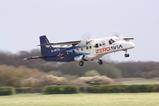Daher continues to evaluate the potential for hybrid-electric propulsion, although the French airframer admits its next aircraft will be “more electric” rather than featuring a highly advanced powertrain.
Speaking at an Aero Friedrichshafen press conference yesterday, chief executive Nicholas Chabbert said the company “is committed to have a product to announce in 2027” that will be “as electric as possible”.
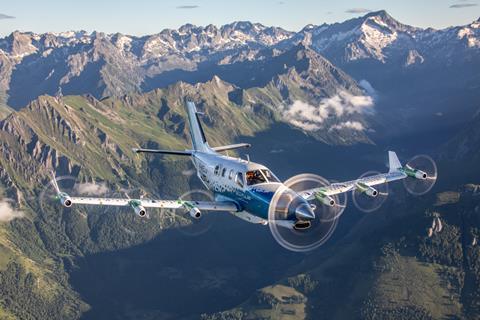
But he says Daher is “not so sure” about electric propulsion based on its findings from the EcoPulse hybrid-electric technology demonstrator project alongside Airbus and Safran.
The around 50 test flights performed with the modified TBM 900-series led Daher to the conclusion that certain technologies, notably batteries, “are not at the level they need to be”, says Christophe Robin, vice-president of engineering and head of design.
“If we use a lot of electric power we will have a weight penalty which will kill the equation… you will lose more efficiency from the weight than you gain from the electric system.”
Those limitations rule out the use of a hybrid-electric powertrain on its next-generation aircraft, he says.
Trying to develop an aircraft with an electric powertrain that matches the performance of current-generation TBM or Kodiak models means “at the end of the day you are making a flying battery”.
Instead, Daher’s future product roadmap foresees an aircraft incorporating a combination of aerodynamic improvements, new lightweight materials and a more-electric architecture.
Nonetheless, Robin says that hybrid-electric power remains in the airframer’s plans as a potential “second step”.
He points to the evolution of the TBM 900 series in the decade since its launch in 2014. “We have made new models every year. For the next generation of aircraft it has to be the same thing.
“You need to have a first step and then improve this. The architecture at the beginning should be capable of that evolution.”
Chabbert says its next aircraft must deliver an overall “positive” outcome: “A negative impact on the environment is absolutely useless.”
And any product that it brings to market will have to be commercially viable, he says: “We have to have a product that is going to be bought by customers.”
Initial feedback from operators is that unless an aircraft can achieve a range of around 700nm (1,300km) “there is no use for it”.
But if switching to an alternative propulsion system limits range to 50-100nm “I don’t know what market you can address with that”, says Chabbert.
While operators will also tolerate slightly higher costs, he says, “they are telling us if [costs] double we will be out”.
Meanwhile, Chabbert has hit out at the prospects of a trade war between the USA and Europe, saying he hopes “there is some common sense” on the application of import tariffs.
Those charges are likely to “redefine a new level of pricing,” he says, on top of the increases in recent years caused by inflation and higher raw material costs.
“People are ready to pay nothing more,” he says. “There is no room for 20 or 30% tariffs, whether in Europe or the US.”
A trade war would not offer “anything positive for either [side]”, he adds.





